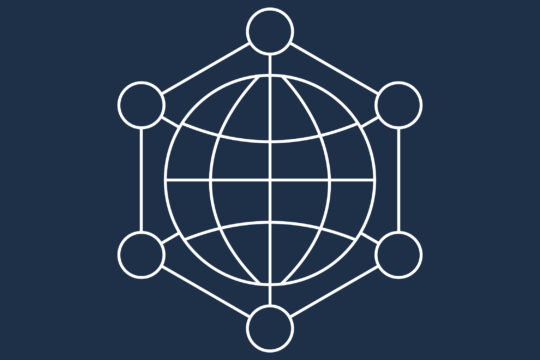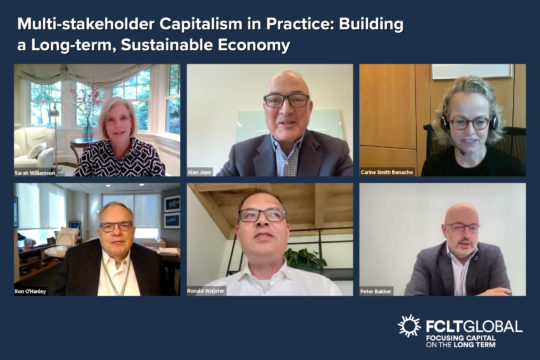Stakeholders’ expectations become responsibilities
Expectations of companies now originate from a list of stakeholders that go well beyond shareholders – including the labor force, suppliers, communities, and governments – whose needs require careful consideration. Over time, failure to fulfill these expectations creates long-term risk for the firm – including distraction of staff, interruption of strategy, and leadership turnover – and missed opportunities to generate returns in more durable ways.
In response, companies increasingly consider a range of stakeholders in business decisions but are struggling to consistently implement practices that support long-term value within that context. That lack of consistency has left many investors – and other stakeholders – skeptical of firms’ pursuit of this approach.
What does it take to earn a return from implementing a multi-stakeholder strategy?
Working with the ESG Analytics Lab at the Wharton School, University of Pennsylvania, FCLTGlobal previously analyzed the annual reports of over 3,000 global companies and compared the presence of stakeholder-oriented language with financial performance as well as ESG outcomes. In short, if all firms performed like companies in the top tercile in that study, they would combine to generate $3.2 trillion in additional firm value over the last decade.
How do multi-stakeholder-oriented firms ensure they are consistently walking the talk? In conversations with FCLTGlobal members and other subject matter experts we found long-term companies take five steps after confirming their purpose to operationalize their multi-stakeholder responsibilities:
- Take inventory of current responsibilities
- Anticipate emerging expectations
- Process emerging expectations
- Fulfill new responsibilities
- Communicate about responsibilities
These steps must be taken in order and repeated regularly to be effective. This document is a compilation of case studies and toolkits that demonstrate how these steps can be put into practice systematically across the organization.
Future-fit, long-term companies need more durable performance to succeed – and that requires attention to a broader group of stakeholders. Firms that connect their purpose to their stakeholder responsibilities are better able to sustainably deliver long-term value – the goal of any corporation.
Download Walking the Talk: Multi-Stakeholder Capitalism in Practice


